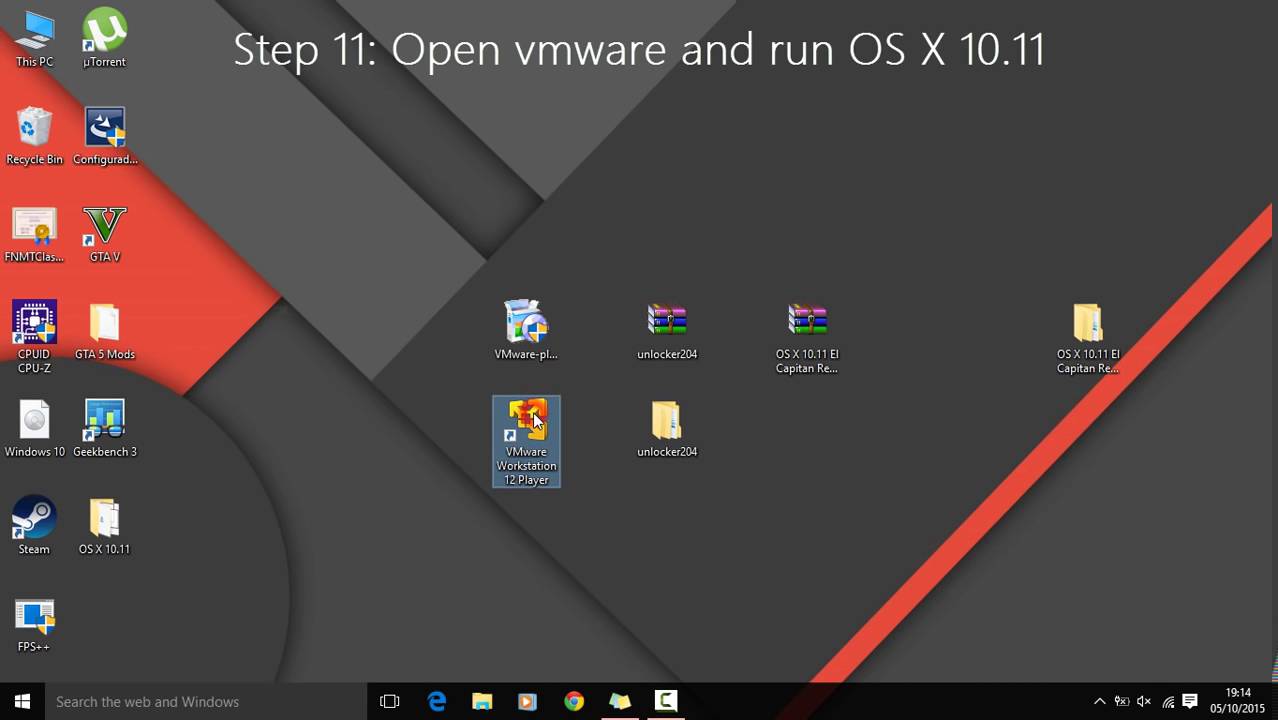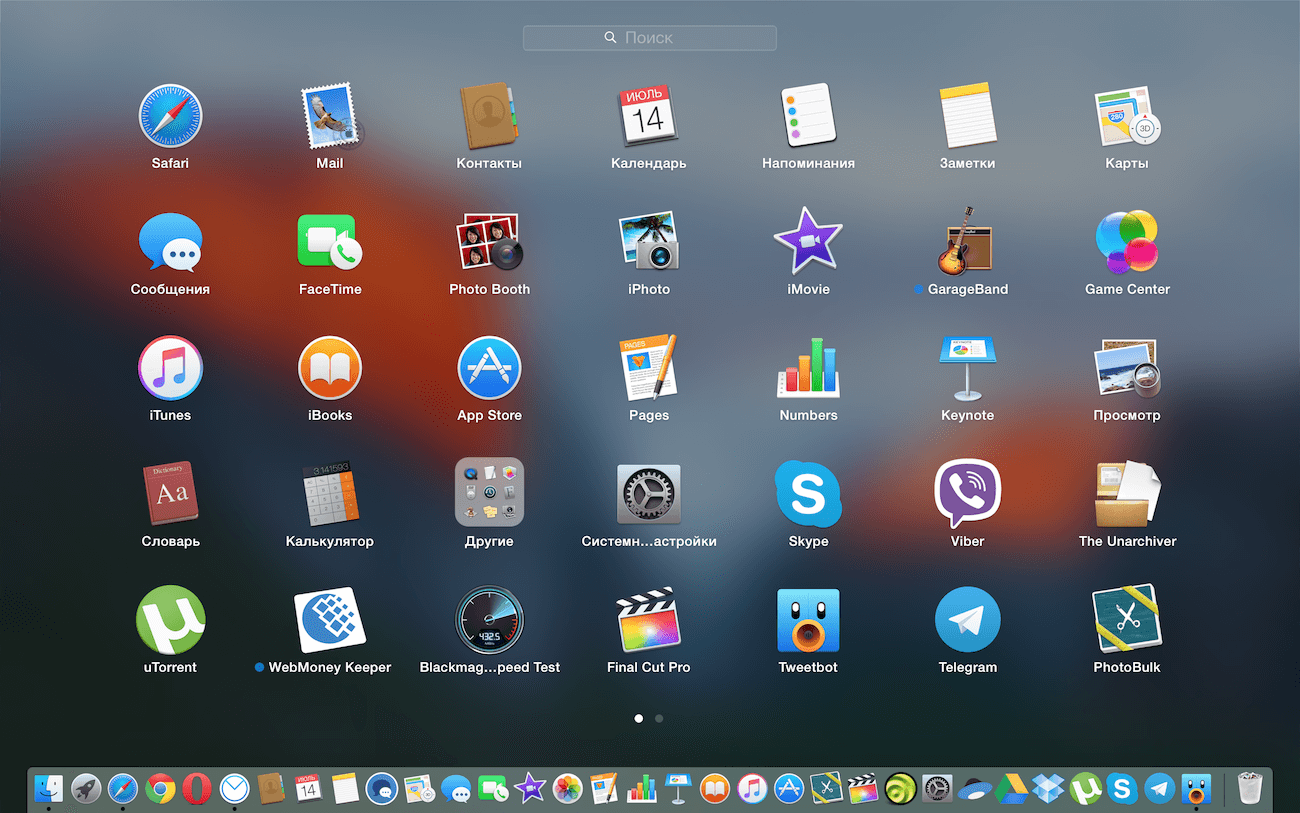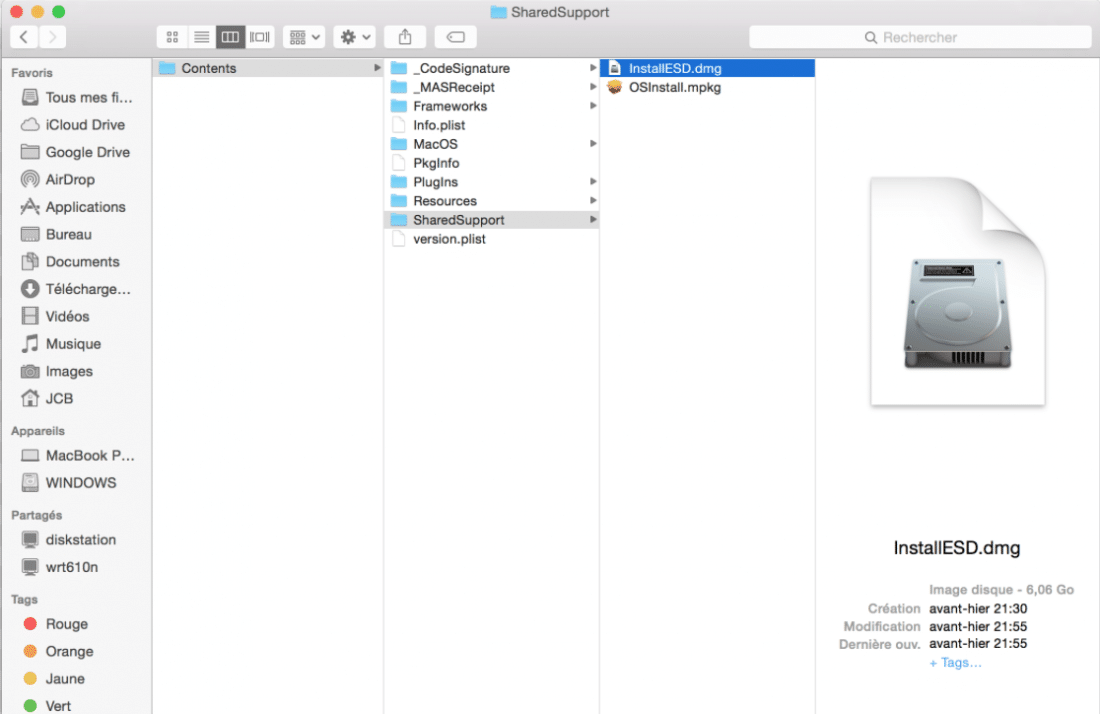Install Mac Os X 10.11
This directory contains binaries for a base distribution and packages to run on macOS. Releases for old Mac OS X systems (through Mac OS X 10.5) and PowerPC Macs can be found in the old directory.
How to upgrade to OS X El Capitan - Apple Support. Before upgrading make a full back up of your Mac. Check that third party apps you use have updates available for the new OS. Check that your printers/ scanners etc have updated drivers and software available for the new OS. Select I will install the operating system later and click Next. Now select Apple Mac OS X from operating system then select OS X 10.11 from version and click Next. Name the virtual machine then select a location to install and click Next.
Note: Although we take precautions when assembling binaries, please use the normal precautions with downloaded executables.
Package binaries for R versions older than 3.2.0 are only available from the CRAN archive so users of such versions should adjust the CRAN mirror setting (https://cran-archive.r-project.org) accordingly.
R 4.1.1 'Kick Things' released on 2021/08/10
Please check the SHA1 checksum of the downloaded image to ensure that it has not been tampered with or corrupted during the mirroring process. For example type
openssl sha1 R-4.1.1.pkg
in the Terminal application to print the SHA1 checksum for the R-4.1.1.pkg image. On Mac OS X 10.7 and later you can also validate the signature using
pkgutil --check-signature R-4.1.1.pkg
Latest release:
| R-4.1.1.pkg (notarized and signed) SHA1-hash: d0eed7d0755bc80911acb616508d41e1396f810e (ca. 86MB) | R 4.1.1 binary for macOS 10.13 (High Sierra) and higher, Intel 64-bit build, signed and notarized package. Contains R 4.1.1 framework, R.app GUI 1.77 in 64-bit for Intel Macs, Tcl/Tk 8.6.6 X11 libraries and Texinfo 6.7. The latter two components are optional and can be ommitted when choosing 'custom install', they are only needed if you want to use the tcltk R package or build package documentation from sources. Note: the use of X11 (including tcltk) requires XQuartz to be installed since it is no longer part of OS X. Always re-install XQuartz when upgrading your macOS to a new major version. This release supports Intel Macs, but it is also known to work using Rosetta2 on M1-based Macs. For native Apple silicon arm64 binary see below. Important: this release uses Xcode 12.4 and GNU Fortran 8.2. If you wish to compile R packages from sources, you may need to download GNU Fortran 8.2 - see the tools directory. |
| R-4.1.1-arm64.pkg (notarized and signed) SHA1-hash: e58f4b78f9e4d347a12cc9160ee69d3d23e69f3b (ca. 87MB) | R 4.1.1 binary for macOS 11 (Big Sur) and higher, Apple silicon arm64 build, signed and notarized package. Contains R 4.1.1 framework, R.app GUI 1.77 for Apple silicon Macs (M1 and higher), Tcl/Tk 8.6.11 X11 libraries and Texinfo 6.7. Important: this version does NOT work on older Intel-based Macs. Note: the use of X11 (including tcltk) requires XQuartz. Always re-install XQuartz when upgrading your macOS to a new major version. This release uses Xcode 12.4 and experimental GNU Fortran 11 arm64 fork. If you wish to compile R packages from sources, you may need to download GNU Fortran for arm64 from https://mac.R-project.org/libs-arm64. Any external libraries and tools are expected to live in /opt/R/arm64 to not conflict with Intel-based software and this build will not use /usr/local to avoid such conflicts. |
| NEWS (for Mac GUI) | News features and changes in the R.app Mac GUI |
| Mac-GUI-1.76.tar.gz SHA1-hash: 304980f3dab7a111534daead997b8df594c60131 | Sources for the R.app GUI 1.76 for macOS. This file is only needed if you want to join the development of the GUI (see also Mac-GUI repository), it is not intended for regular users. Read the INSTALL file for further instructions. |
Note: Previous R versions for El Capitan can be found in the el-capitan/base directory.Binaries for legacy OS X systems: | |
| R-3.6.3.nn.pkg (signed) SHA1-hash: c462c9b1f9b45d778f05b8d9aa25a9123b3557c4 (ca. 77MB) | R 3.6.3 binary for OS X 10.11 (El Capitan) and higher, signed package. Contains R 3.6.3 framework, R.app GUI 1.70 in 64-bit for Intel Macs, Tcl/Tk 8.6.6 X11 libraries and Texinfo 5.2. The latter two components are optional and can be ommitted when choosing 'custom install', they are only needed if you want to use the tcltk R package or build package documentation from sources. |
| R-3.3.3.pkg MD5-hash: 893ba010f303e666e19f86e4800f1fbf SHA1-hash: 5ae71b000b15805f95f38c08c45972d51ce3d027 (ca. 71MB) | R 3.3.3 binary for Mac OS X 10.9 (Mavericks) and higher, signed package. Contains R 3.3.3 framework, R.app GUI 1.69 in 64-bit for Intel Macs, Tcl/Tk 8.6.0 X11 libraries and Texinfo 5.2. The latter two components are optional and can be ommitted when choosing 'custom install', it is only needed if you want to use the tcltk R package or build package documentation from sources. Note: the use of X11 (including tcltk) requires XQuartz to be installed since it is no longer part of OS X. Always re-install XQuartz when upgrading your OS X to a new major version. |
| R-3.2.1-snowleopard.pkg MD5-hash: 58fe9d01314d9cb75ff80ccfb914fd65 SHA1-hash: be6e91db12bac22a324f0cb51c7efa9063ece0d0 (ca. 68MB) | R 3.2.1 legacy binary for Mac OS X 10.6 (Snow Leopard) - 10.8 (Mountain Lion), signed package. Contains R 3.2.1 framework, R.app GUI 1.66 in 64-bit for Intel Macs. This package contains the R framework, 64-bit GUI (R.app), Tcl/Tk 8.6.0 X11 libraries and Texinfop 5.2. GNU Fortran is NOT included (needed if you want to compile packages from sources that contain FORTRAN code) please see the tools directory. NOTE: the binary support for OS X before Mavericks is being phased out, we do not expect further releases! |
Subdirectories:
| tools | Additional tools necessary for building R for Mac OS X: Universal GNU Fortran compiler for Mac OS X (see R for Mac tools page for details). |
| base | Binaries of R builds for macOS 10.13 or higher (High Sierra), Intel build |
| contrib | Binaries of package builds for macOS 10.13 or higher (High Sierra), Intel build |
| big-sur-arm64 | Binaries for macOS 11 or higher (Big Sur) for arm64-based Macs (aka Apple silicon such as the M1 chip) |
| el-capitan | Binaries of package builds for OS X 10.11 or higher (El Capitan build) |
| mavericks | Binaries of package builds for Mac OS X 10.9 or higher (Mavericks build) |
| old | Previously released R versions for Mac OS X |
You may also want to read the R FAQ and R for Mac OS X FAQ. For discussion of Mac-related topics and reporting Mac-specific bugs, please use the R-SIG-Mac mailing list.

Information, tools and most recent daily builds of the R GUI, R-patched and R-devel can be found at http://mac.R-project.org/. Please visit that page especially during beta stages to help us test the macOS binaries before final release!

Package maintainers should visit CRAN check summary page to see whether their package is compatible with the current build of R for macOS.
Binary libraries for dependencies not present here are available from http://mac.R-project.org/libs and corresponding sources at http://mac.R-project.org/src.
Last modified: 2021/05/20, by Simon Urbanek
Setting Up A Database
Rails ships with sqlite3 as the default database. Chances are you won't want to use it because it's stored as a simple file on disk. You'll probably want something more robust like MySQL or PostgreSQL.

There is a lot of documentation on both, so you can just pick one that seems like you'll be more comfortable with.
How To Install Mac Os X 10.11.4
If you're new to Ruby on Rails or databases in general, I strongly recommend setting up PostgreSQL.
If you're coming from PHP, you may already be familiar with MySQL.
MySQL
You can install MySQL server and client from Homebrew:
Once this command is finished, it gives you a couple commands to run. Follow the instructions and run them:
By default the mysql user is root with no password.
When you're finished, you can skip to the Final Steps.

PostgreSQL
Install Mac Os X El Capitan This Item Is Temporarily Unavailable
You can install PostgreSQL server and client from Homebrew:
Once this command is finished, it gives you a couple commands to run. Follow the instructions and run them:
By default the postgresql user is your current OS X username with no password. For example, my OS X user is named chris so I can login to postgresql with that username.